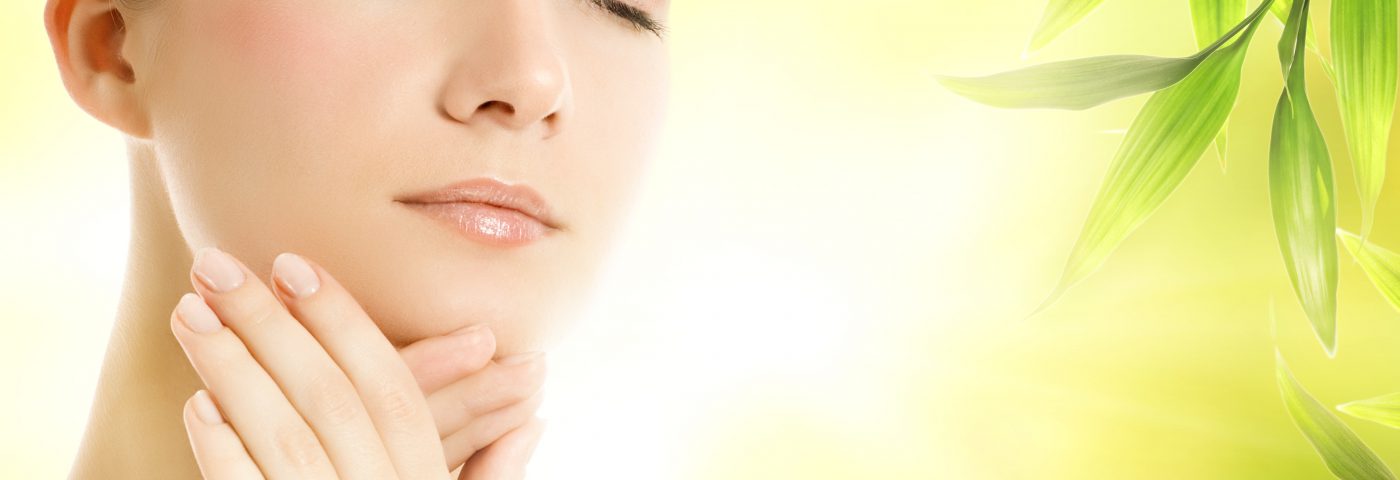Skin protection is not a new concept, but in recent years it has become a much talked-about category. As our understanding (as well as consumer understanding) becomes clearer on the various processes the skin undergoes due to environmental pressures, consequently the desire to seek protection from these effects becomes greater.
Alongside the more familiar types of protection – for instance tackling the ageing effects of pollution via active ingredients – this ‘shield’ concept is also expanding into a new ‘second skin’ idea which is finding a great deal of interest in the industry. This concept is partly about protection, but also about putting a wrinkle-hiding ‘skin’ on top of skin. This is a very interesting departure from the status quo, and if the concept takes off, it could change the way we approach anti-ageing: instead of active creams or just trying to hide wrinkles, a skin to do a bit of both is a different way of thinking.
In the overall skin protection arena, a lot of attention is being paid to Asia Pacific as a source of innovation and new trends. ‘K Beauty’ (influences from Korea) is a phrase/hashtag now commonplace in the West when exploring new trends and is seen as a marque of cutting-edge technology. It will be interesting to see what innovations will appear in the aisles at in-cosmetics Asia from Korean companies as well as other Asian and global ingredient manufacturers.
Much of the current progress in skin protection has been from active ingredient companies looking at known signs of ageing (wrinkles, age spots) and proving that pollution impacts often in a different way to UV etc, so new active ingredients target problem areas such as pollution-induced age spots. And in sun protection, the increase of understanding of the process of photo-ageing has given an additional dimension to this market beyond UV flitration.
Skin Protection is a particularly exciting area of the market because there is huge potential for spin-off angles. For instance, devices, which are making a big impact at store level in the drive for diagnostics and tailoring products. And for Western markets in particular, Skin protection could be the key to opening the door to an increased number of steps in consumers’ daily regime. Japanese and Korean women use a 5-10 step regime versus the cleanse-tone-moisturise three-step process common in the West. Additional essences/boosters/serums are becoming more common in the West, and Skin Protection will be an excellent route to popularise them.
In my presentation at in-cosmetics Asia 2016, I will go into greater depth on these areas and give insight into the most effective and innovative new ingredients available to formulators looking to create market-leading skin protection products.
Richard Scott is Editor of Personal Care magazine and will be speaking on anti-pollution in a session entitled Skin protection – From anti-pollution to microbiome at in-cosmetics Asia.

